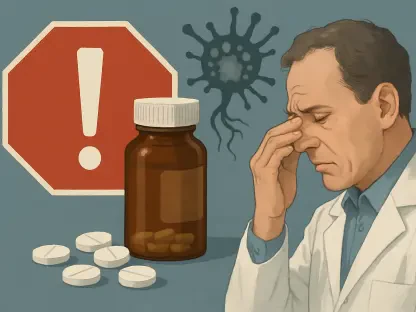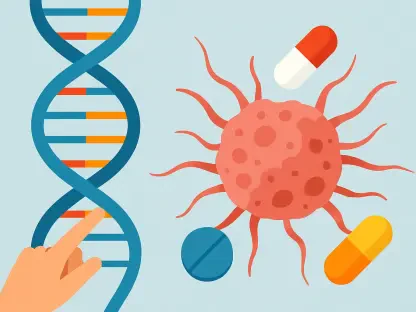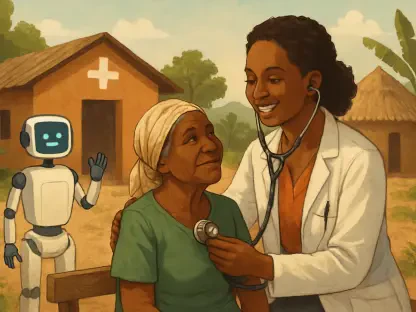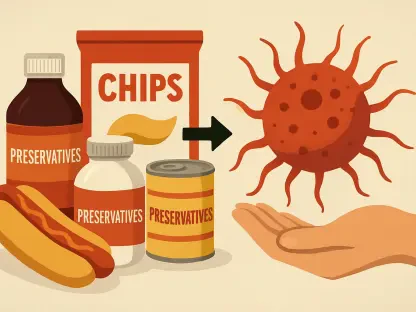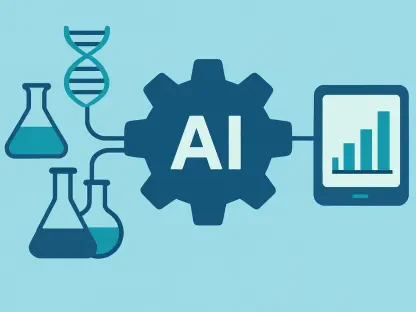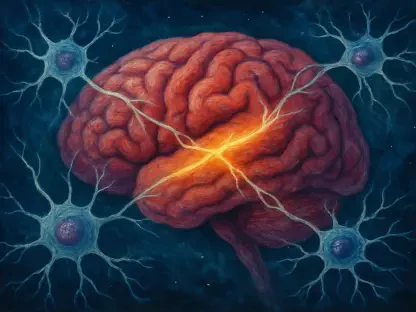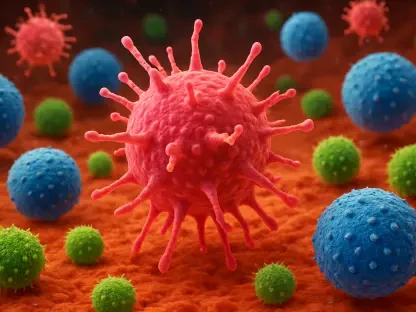In today’s world, where the quest for longevity is becoming ever more pressing, a novel question arises: Can enhanced model ranking revolutionize therapies for aging-related diseases? Aging impacts daily life in ways that often go unnoticed, from diminished hearing to slow recovery from illness. This perpetual process is inevitable. However, the urgency for innovative solutions in aging therapies cannot be underestimated. Here, Shift Bioscience is paving the way for groundbreaking research, utilizing virtual cell models that could possibly transform how gene targets are discovered. Surprisingly, these models are not just theoretical constructs; they have the potential to change the way we approach aging challenges fundamentally.
A Rising Tide of Aging Concerns
The societal impact of aging-related diseases is profound, with an increasing number of conditions affecting millions globally. Innovation in treatment methods is essential as existing therapies often fall short in addressing the complexities of aging. Computational advancements are poised to introduce the requisite changes in treatment paradigms, leading toward the discovery of new therapeutic options. The benefits of such advancements extend beyond mere treatment; they ensure enhanced longevity and improved quality of life for the aging population.
An Inside Look at Enhanced Model Ranking
Virtual cell simulations serve as a crucial element in gene target discovery, aiding researchers in exploring biological alterations through single-cell RNA datasets. Advanced ranking methodologies now allow scientists to overcome traditional limitations, providing insights into gene performance that weren’t possible earlier. Successful applications of enhanced model ranking in biotechnology reveal revolutionary potential. These case studies underscore the importance of precision and accuracy in the realm of virtual cell models, where evaluating model effectiveness has transcended earlier benchmarks.
Insights from Scientific Experts
In conversations with leaders at Shift Bioscience, the emphasis on precise model evaluation emerges as key. As Lucas Paulo de Lima Camillo, Shift’s Head of Machine Learning, spearheads this research, the implications for practical scientific inquiry become evident. Anecdotes from scientists involved illustrate the tangible effects of advanced methodologies, which have led to remarkable improvements in identifying therapeutic targets. This empirical progress showcases not only the advancement in techniques but also the transformation it promises in the world of biotechnology.
Toward a Revolutionary Framework for Future Research
Integrating advanced model ranking into ongoing research projects presents practical applications that could propel innovations within the therapeutic landscape. Methodological refinements offer actionable steps for researchers aiming to optimize current practices in computational biology. An industry-wide adoption of new evaluation systems would likely initiate significant ripple effects, enhancing therapeutic innovations. This streamlined approach marks the beginning of a period of accelerated discoveries, setting industry standards for future research efforts.
Charting the Future of Aging Therapies
The impact of such advancements became evident as the refined virtual model assessment laid a foundation for transformative therapeutic discoveries. As the industry adapted to these sophisticated ranking systems, researchers found new ways to align models with complex cellular demands, ultimately reshaping how aging challenges are tackled. As the narrative evolved, the focus remained clear—on the empirical advancements and their potential applications. Shift Bioscience’s innovation in virtual cell modeling emerged as a beacon of progress. Through these efforts, a path was forged for future breakthroughs, enhancing both the scientific approach and therapeutic potential to address aging with newfound rigor and insight.


